A brief tutorial on PID controller selection guide based on Process reaction rate, Dead time and Load changes.It is a complex process to choose the proper mode of control to use on a particular process.
ON-OFF control
Popular because of its simplicity. In general it functions satisfactorily if the process has a large capacitance and minimum dead time
Proportional
Proportional control reduces cycling below that of ON-OFF control. It does a particularly good job when process capacitance is large and dead time small
Proportional plus Integral
The primary advantage of proportional-plus-reset is that it will eliminate offset with load changes. It can be used even when process capacitance is small and load changes are large.
Proportional plus Integral and Derivative
Rate action can be very useful in minimizing overshooting of the process variable when the controller is trying to compensate for large or rapid load changes. It is also useful in preventing overshoot of the process variable in the start-up of batch processes.
PID Controller Selection
The below table shows the PID controller selection based on Process Reaction rate, dead time and load changes.

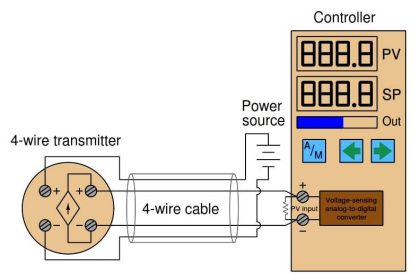
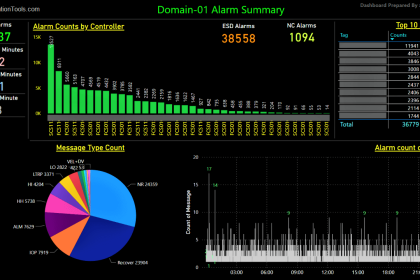
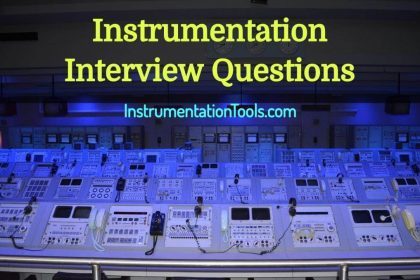


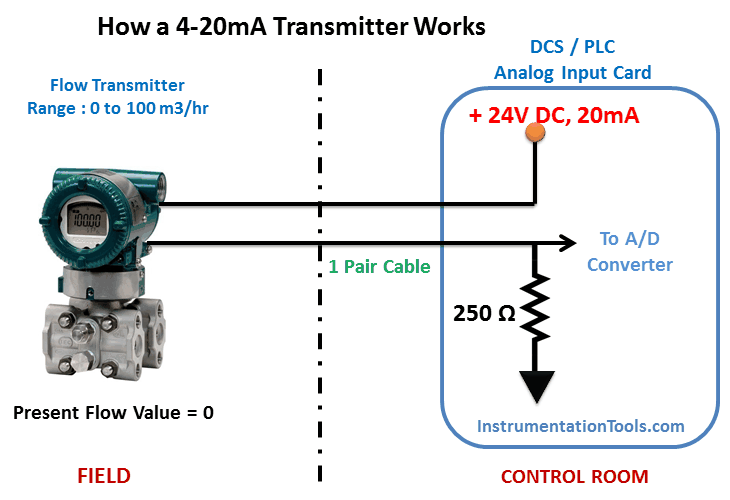
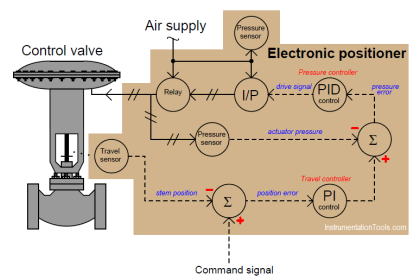
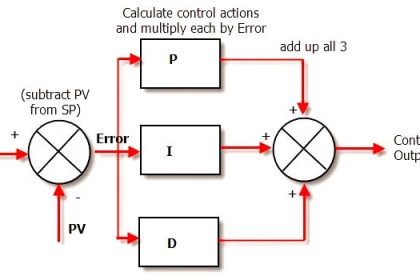
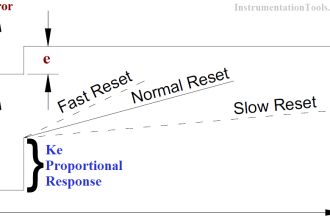


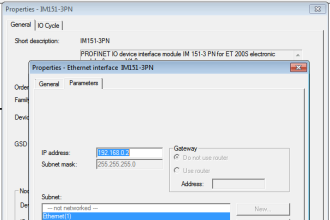


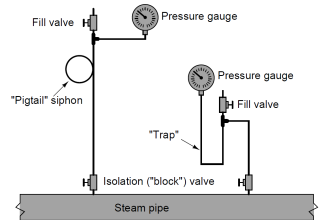


Simple short answer. It was nice.